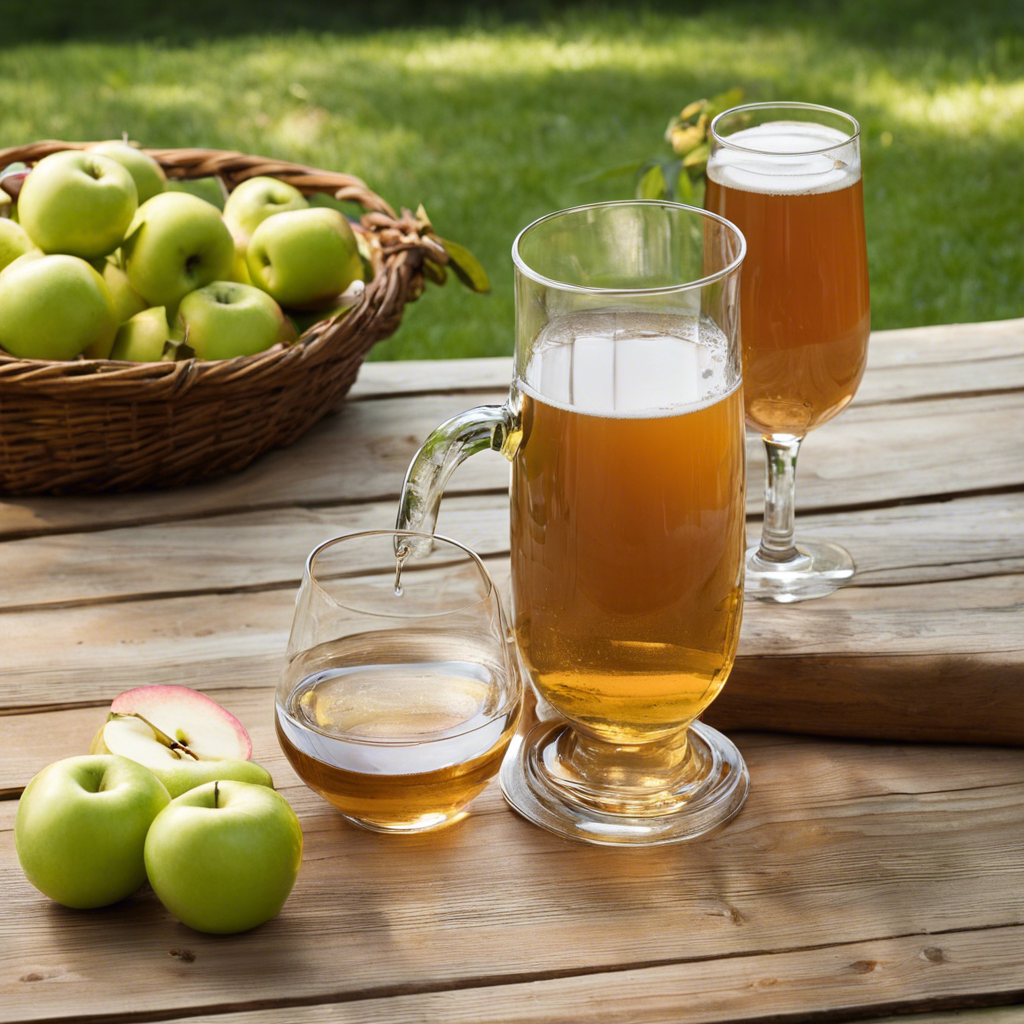The art of crafting hard cider is a delicate process that can encounter a host of challenges, but with the right tools and knowledge, these issues can be tackled effectively. While hard cider is a beloved beverage for many, its production is not without potential pitfalls and problems that can arise during the intricate fermentation process. Understanding these issues is key to ensuring that your cider-making journey is a successful and enjoyable one.
One of the most common issues faced by cider makers is a stuck fermentation, where the yeast prematurely stops converting sugar into alcohol, resulting in an overly sweet cider. This can be caused by various factors such as inadequate yeast nutrition, incorrect temperature, or overly high levels of sulfites or sorbates, which inhibit yeast activity. To troubleshoot this issue, one can repitch yeast, providing more of the active yeast to continue the fermentation process, or adjust the temperature to create a more conducive environment for yeast activity.
Another concern is the presence of off-flavors, which can detract from the overall enjoyment of the beverage. These off-flavors can range from buttery or cheesy notes, caused by yeast producing excess diacetyl, to sulfury aromas, which may occur if yeast is added to a cider that contains too much sulfate. In some cases, bacterial contamination may also be the culprit, producing off-flavors that resemble geraniums or baby sick. Employing proper sanitation practices and utilizing clarifying agents such as gelatin or isinglass can help address these issues and prevent them from occurring in the future.
Cider makers may also encounter clarity issues, resulting in a cloudy or hazy appearance that may be undesirable to some consumers. This problem can often be rectified through the use of fining agents, such as bentonite clay or silica gel, which help remove suspended particles and clarify the cider. Adequate aging and proper handling during the racking process are also crucial to achieving optimal clarity.
Additionally, bottle bombs are a serious concern, posing potential dangers to both the cider maker and consumers. This occurs when fermentation restarts in bottled cider, creating excess carbon dioxide and leading to exploding bottles. Usually, this is a result of either insufficiently fermenting the cider before bottling or failing to properly sanitize the bottling equipment, leading to a new fermentation from leftover sugar or bacteria. Taking gravity readings to ensure complete fermentation and sanitizing equipment meticulously can help prevent this hazardous situation.
By familiarizing themselves with these common problems and their corresponding solutions, cider makers can effectively troubleshoot and refine their cider-making processes, ensuring a high-quality final product that is safe, delicious, and a true testament to the art of cider-making.
For more in-depth insights and practical advice on overcoming these challenges, be sure to check out specialized cider-making resources and connect with fellow cider enthusiasts who are always willing to share their own experiences and guidance. Troubleshooting is a vital aspect of the cider-making journey, and with the right approach, it can become a rewarding and educational part of the process, fostering a deeper appreciation for this time-honored craft.
So, whether you’re a home brewer or a commercial cider maker, remember that identifying and addressing these common problems is key to improving your craft and ensuring that every batch of hard cider you produce is the best it can be. It’s all part of the wonderful journey of creating this much-loved beverage.
Happy cider making, and cheers to your success!
